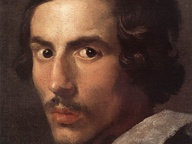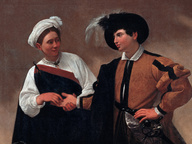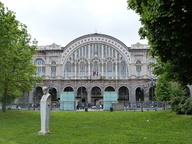Natura plastica
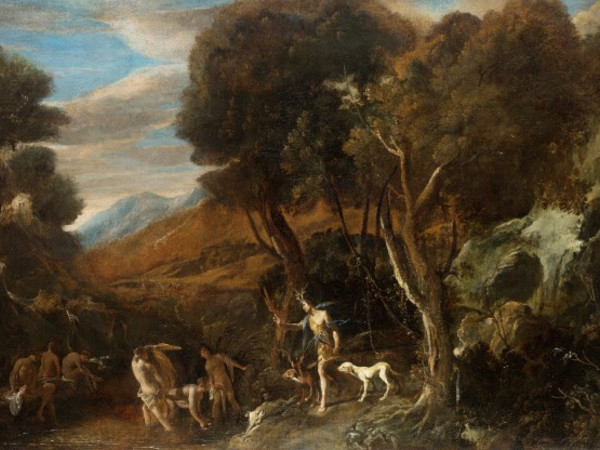
Domenico Gargiulo, detto Micco Spadaro, Atteone Si Trasforma in Cervo, olio su tela, cm 123x175
From 28 Giugno 2017 to 24 Luglio 2017
Milan
Place: Blindarte Milano
Address: via Palermo 11
Telefono per informazioni: +39 02 36565440
E-Mail info: info@blindarte.com
Official site: http://www.blindarte.com
Blindarte is thrilled to announce the opening of the show NATURA PLASTICA will take place in Milan on Wednesday, June 28th from 7 pm.
The show, curated by Memmo Grilli, investigates the extratemporal relationship between the thought of some philosophers and thinkers who in the sixteenth century have profoundly changed society and politics of the epoch and subsequent years, and the search for some artists (contemporaries And not) that, at a distance of time and perhaps without full awareness, have transposed into their own research elements that have their roots in the same thought.
"The idea", the supernatural Neoplatonic-inspired truth, saw a revival in the seventeenth century, thanks to the thought of Ralph Cudworth (1617-1688) and other members of his Cambridge philosophical circle, a central role in the enlightened thinking, affecting, among other things, the partial overcoming of Cartesian theories, with major repercussions in the reduction of the repressive policies of the time.
While remaining in a field of divine determinations, spiritualism for Cudworth consists of new meanings that reveal glimpses of freedom and self-determination and, at the same time, "the image of nature is reconsidered, to define it in terms of vitality and plasticity. Nature becomes a living reality, dynamically projected towards a continuous production of new forms and not set within the coordinates of the Cartesian mechanism. Such a view of nature ... will open the way to the model of a dynamic nature "(1), a more plastic and malleable nature that, at the same time, plays the role of "unaware living being” (2). The leitmotiv of the exhibition draws inspirations from these thoughts, transferred to the art scope.
From Duchamp onward, the idea is undoubtedly one of the main triggers of the creative process and, if in philosophy, its concept is permeated by religious meanings, in the art field, the same concept, result of the artist’s own nature, is anything but supernatural. However, it is not difficult to hear artists who give the idea an almost sacred value: ideas do not die with the artists, but they continue to live and to influence the users, for many generations in some cases. By increasing their circulation over time, ideas impose their spiritual strength on the community and, gradually, dealing with different realities, they alter and shape their meaning to fit the new environment and continue their leading role, with the result of making the original idea as well as the consciousness of the artist with respect to future interpretations of its creation permeated by unawareness. Even Cudworth’s idea of plastic nature is defined in terms of lack of awareness and though he intended it as a thing subject to a divine will, with these thoughts, he has contributed, along with other Latitudinarians, to spread a feeling of tolerance and freedom in a particularly difficult period for the respect of fundamental human values.
For Joseph Beuys, nature and man are "inseparable and interdependent". "Protecting nature means protecting man, overturning the consumerist logic in favor of a free and widespread creativity, capable of redeeming every human being from his/her condition of subjection and helping him/her to find his/her deepest identity "(3).
Therefore, it is not only a terminological game, because the plastic nature idea, reinterpreted as a substantial creative and expressive research which combine the artists invited to participate in this group show which cover, with some time spots, a very large historical period, with the presence of some antique paintings and various selected contemporary artworks: from the XVII century (Micco Spadaro, Acteon turns into a deer) to the painting A wine flask, a pot with vegetables, bread, cheese, oranges and salami on a table by Raffaele Belliazzi of 1870, from the drawings of the Neapolitan pastellist Giuseppe Casciaro in the early twentieth century, to the ready-made, then-famous multiple-piece, by the great German artist Joseph Beuys, from the burnt drawing by Davide Cantoni to the painting by Man Ray, to drawings by Giuseppe Penone, from paintings on canvas of 2015/6 of the promising English artist Simon Keenleyside, to the artwork from the series Celestial palaces by Anselm Kiefer and photographs by Matteo Procaccioli and many other artworks: Anonimo Scuola Veneziana XVII Sec, Analogia Project, Carlo Alfano, Enrico Baj, Massimo Bartolini, Emilio Cavallini, Christo, Mat Collishaw, Adam Cvijanovic, Ado Dani, Nicola De Maria, Angela Detanico e Rafael Lain, Benny Dröscher, Satoshi Hirose, Jeff Koons, Mimmo Rotella, Mario Schifano, Michael A. Simon, Berend Strik, Giulio Turcato, Andy Warhol, Francesca Woodman.
SCARICA IL COMUNICATO IN PDF
COMMENTI

-
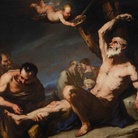 Dal 23 aprile 2024 al 01 settembre 2024
Bergamo | Accademia Carrara
Dal 23 aprile 2024 al 01 settembre 2024
Bergamo | Accademia Carrara
-
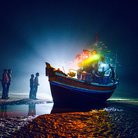 Dal 26 aprile 2024 al 09 giugno 2024
Reggio nell'Emilia | Sedi varie
Dal 26 aprile 2024 al 09 giugno 2024
Reggio nell'Emilia | Sedi varie
-
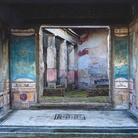 Dal 23 aprile 2024 al 16 giugno 2024
Roma | Castel Sant’Angelo
Dal 23 aprile 2024 al 16 giugno 2024
Roma | Castel Sant’Angelo
-
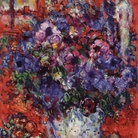 Dal 20 aprile 2024 al 27 ottobre 2024
Conversano | Castello Conti Acquaviva D'Aragona
Dal 20 aprile 2024 al 27 ottobre 2024
Conversano | Castello Conti Acquaviva D'Aragona
-
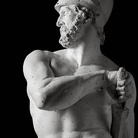 Dal 20 aprile 2024 al 29 settembre 2024
Possagno | Museo Gypsotheca Antonio Canova
Dal 20 aprile 2024 al 29 settembre 2024
Possagno | Museo Gypsotheca Antonio Canova
-
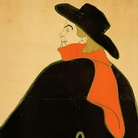 Dal 20 aprile 2024 al 21 luglio 2024
Torino | Mastio della Cittadella
Dal 20 aprile 2024 al 21 luglio 2024
Torino | Mastio della Cittadella

